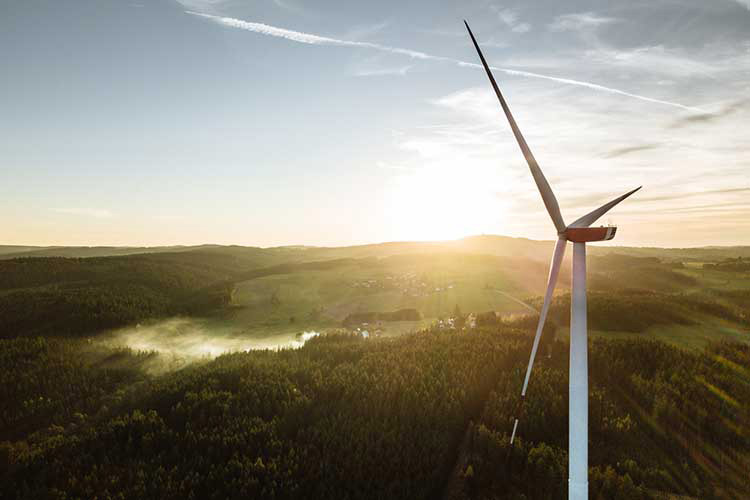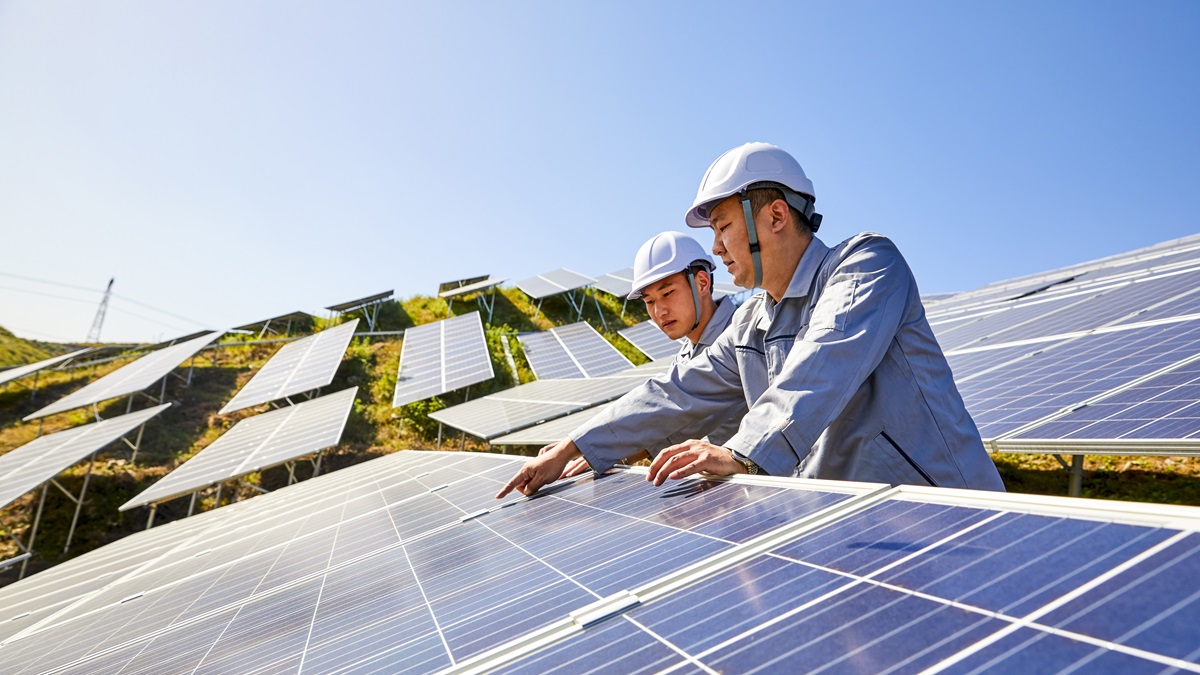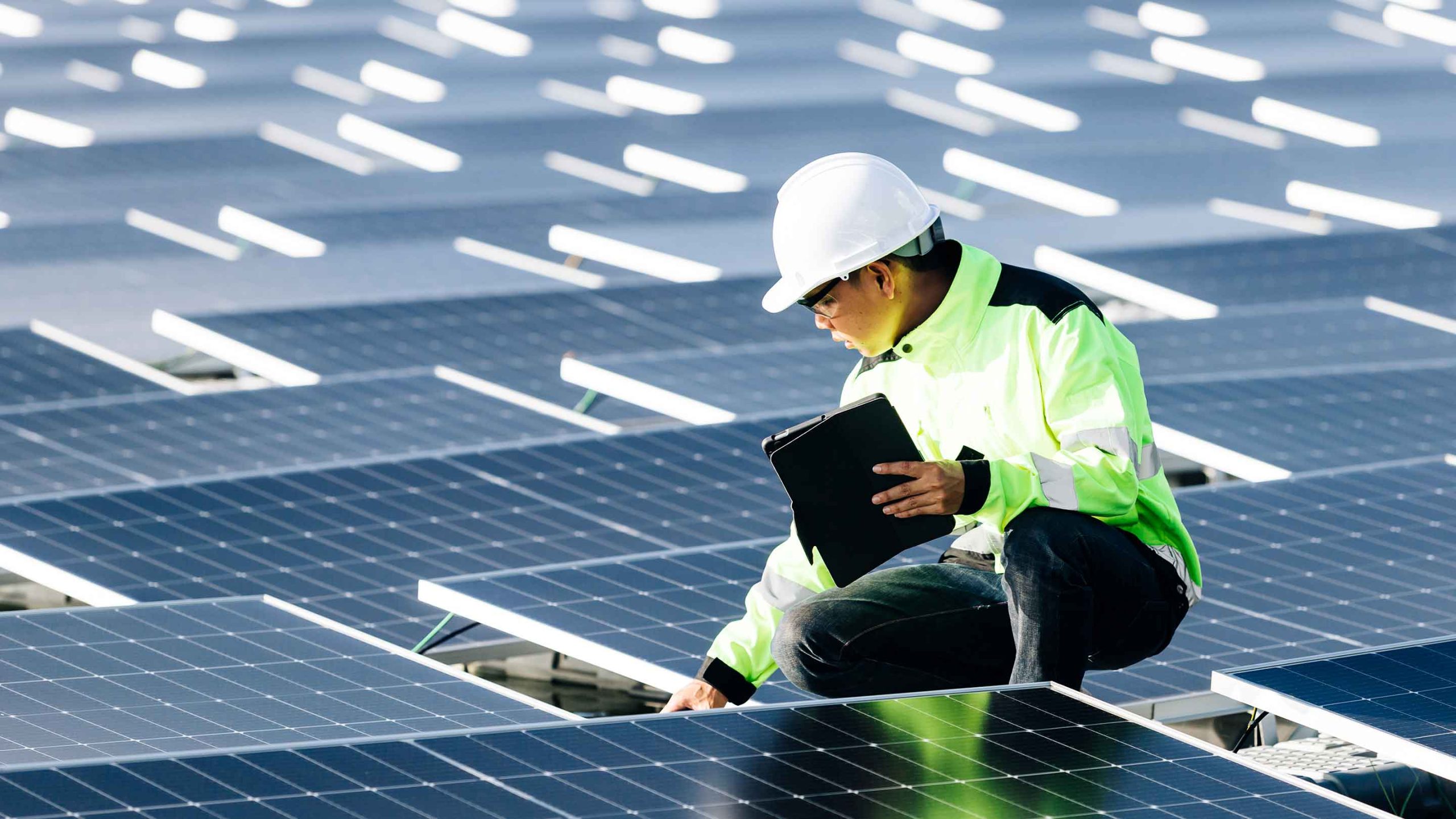The Future of Business and Energy: How Innovation Is Powering the Next Economic Era
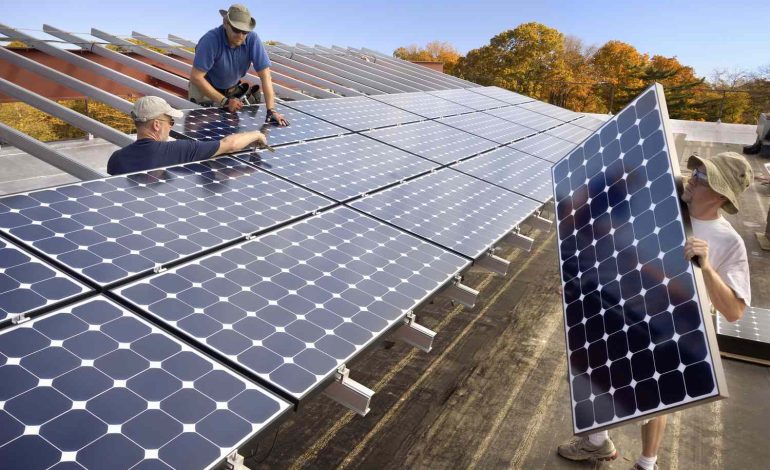
Energy has always been at the heart of business and economic growth. From powering factories during the Industrial Revolution to fueling the digital economy of today, access to reliable and affordable energy drives progress. But as the world faces pressing environmental challenges, fluctuating fuel markets, and growing energy demands, the business and energy sectors are entering a period of rapid transformation.
Companies across the globe are now rethinking how they produce, consume, and invest in energy. Clean technologies, renewable power, and innovative energy management strategies are not just environmental choices—they are becoming central to competitiveness, profitability, and long-term success.
Why Energy Is Central to Modern Business Strategy
For decades, businesses viewed energy primarily as a cost of operations. Today, it’s a strategic driver that affects brand reputation, regulatory compliance, and bottom-line performance. Rising global energy consumption, driven by urbanization and the growth of digital industries, has forced companies to rethink energy efficiency and sustainability.
Consumers are also paying attention. A growing number of people prefer to support brands that are committed to clean energy and reducing their carbon footprint. Investors, too, are pressuring corporations to meet environmental, social, and governance (ESG) standards, linking access to capital with sustainability initiatives.
For businesses, energy strategy is no longer optional—it’s a competitive necessity.
The Shift Toward Renewable Energy
Renewable energy sources—such as solar, wind, hydropower, and geothermal—are rapidly gaining traction as businesses seek to reduce emissions and stabilize costs. Declining technology costs, tax incentives, and consumer demand have made renewables more accessible than ever.

Many corporations, from tech giants like Google and Apple to global retailers like Walmart, have committed to running entirely on renewable power within the next decade. By investing in on-site solar panels, purchasing renewable energy credits, or entering long-term contracts with clean energy providers, businesses are not just reducing emissions—they’re protecting themselves from the volatility of fossil fuel markets.
Energy Efficiency: The Low-Hanging Fruit
While transitioning to renewable energy is vital, improving efficiency remains the most immediate and cost-effective way for businesses to cut costs and emissions. Simple changes—such as upgrading to LED lighting, using smart thermostats, or optimizing machinery—can lead to significant energy savings.
Larger-scale improvements, like investing in energy-efficient building designs, retrofitting outdated systems, and leveraging real-time energy monitoring, provide even greater benefits. For many companies, these efforts pay for themselves quickly while supporting broader sustainability goals.
Technology Driving Energy Transformation
The energy sector is being reshaped by technology, creating new opportunities for businesses to innovate and save. Key advancements include:
-
Smart Grids: Intelligent energy distribution systems that optimize how electricity is delivered and consumed, reducing waste and lowering costs.
-
Energy Storage Solutions: Batteries and other storage technologies allow companies to store excess energy—especially from renewables—and use it during peak demand, stabilizing operations.
-
Artificial Intelligence (AI) and Data Analytics: These tools help businesses predict energy usage, identify inefficiencies, and make data-driven decisions to optimize consumption.
-
Electric Vehicle (EV) Integration: Companies are adopting EV fleets and installing charging stations, reducing reliance on fossil fuels and creating new revenue opportunities.
These innovations don’t just benefit large corporations. Small and medium-sized businesses can also leverage smart energy solutions, often with government incentives to offset initial costs.
The Role of Policy and Regulation
Government policies play a crucial role in shaping the energy landscape. Many countries are implementing stricter emissions standards, offering tax credits for renewable investments, and funding research into sustainable technologies.
For businesses, understanding and leveraging these policies can mean significant financial advantages. Companies that proactively adapt to evolving regulations not only avoid penalties but often benefit from subsidies, improved public perception, and a stronger market position.
Challenges in the Energy Transition
Despite the clear benefits, the shift to sustainable energy is not without challenges. The upfront costs of renewable installations, the intermittency of wind and solar power, and the complexity of overhauling energy systems can be barriers for many businesses.
Additionally, global energy markets remain volatile. Geopolitical conflicts, supply chain disruptions, and fluctuating oil and gas prices can impact energy availability and costs, forcing businesses to remain flexible and diversified in their energy strategies.
However, these challenges are driving innovation. Energy storage, microgrids, and hybrid systems (combining renewable and traditional energy sources) are helping businesses navigate uncertainties and maintain reliable power.
The Economic Opportunity of Clean Energy
Far from being a burden, the transition to sustainable energy is opening new avenues for business growth. The renewable energy sector is expected to create millions of jobs worldwide over the next decade, from manufacturing and installation to research and infrastructure development.
Businesses that invest in clean energy solutions often see returns not just in reduced operational costs, but also in brand loyalty and market differentiation. Being recognized as a sustainable company can attract eco-conscious customers, investors, and talent, creating a long-term competitive advantage.
Looking Ahead: The Future of Business and Energy
The next decade will likely bring even more disruption—and opportunity—in the energy space. Emerging trends include:
-
Greater Electrification: From vehicles to industrial systems, more sectors will rely on electricity, increasing demand for clean energy sources.
-
Decentralized Energy Production: Businesses may increasingly generate their own energy through on-site solar, wind, or microgrid systems, reducing dependence on traditional utilities.
-
Circular Energy Economies: Companies will adopt waste-to-energy systems, capturing and reusing energy to minimize environmental impact.
-
Integration of Artificial Intelligence: AI will continue to drive smarter energy use, helping companies predict needs, automate systems, and reduce waste.
For businesses, adapting to these trends isn’t just about survival—it’s about growth. Companies that embrace clean energy and innovation now will be better positioned to thrive in a rapidly changing global economy.
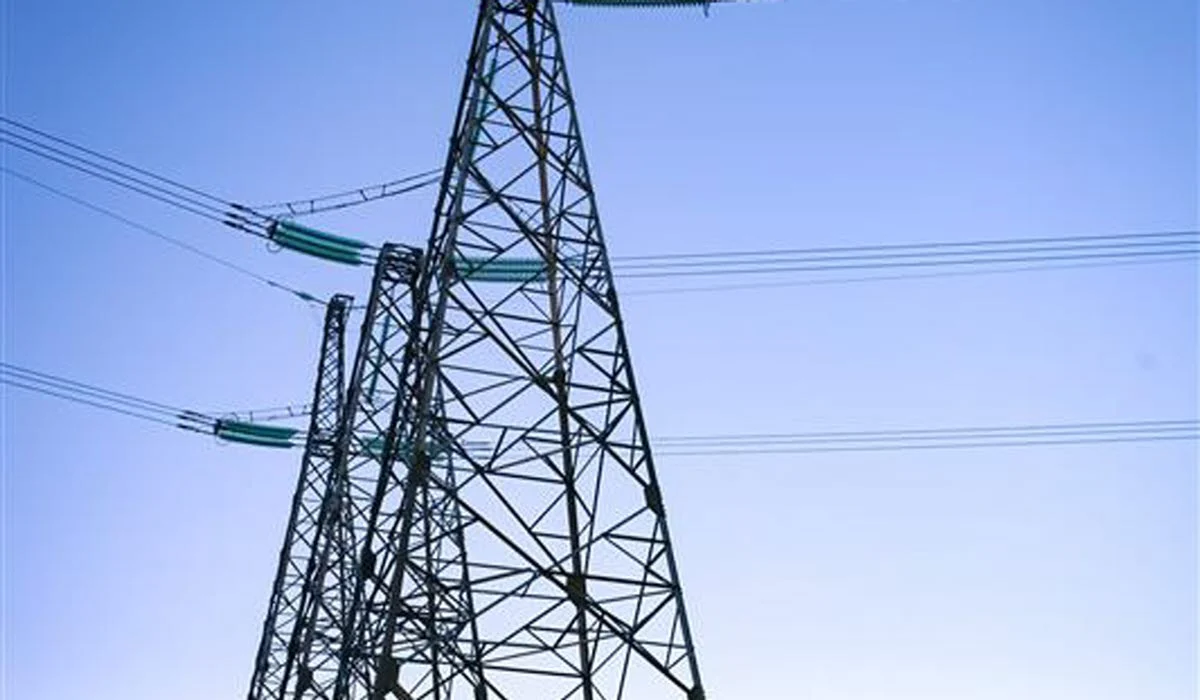
Conclusion: Energy as the Driver of Sustainable Growth
Energy is more than just a utility—it’s a foundation for business success. In a world facing climate challenges and economic uncertainty, the businesses that lead the way in sustainable energy will define the future of commerce.
By embracing renewable power, improving efficiency, adopting new technologies, and aligning with forward-thinking policies, companies can lower costs, reduce risks, and build stronger brands. More importantly, they can play a central role in driving the global transition to a cleaner, more resilient energy future.
For today’s businesses, the question isn’t whether to adapt—it’s how quickly they can do so. Those who innovate now will not only protect the planet but also power their growth for decades to come.

